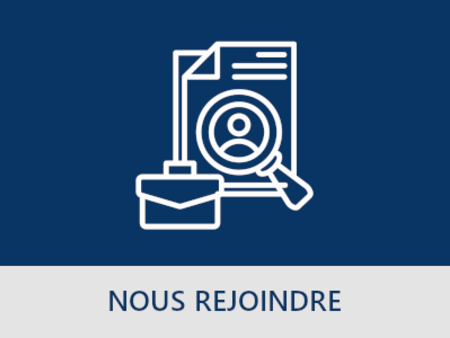Séminaires de Marie Walde et Andrea Freire - Dyneco/Pelagos
2 séminaires sont prévus mardi 3 septembre à partir de 13h30 à 15h00
Suite à l'intégration au sein du laboratoire Pelagos de Marie Walde pour 8 mois (dans le cadre de son post-doctorat), elle présentera ses travaux actuels intitulés "Subcellular monitoring of symbiotic interactions in environmental marine diatoms" de 13h30 à 14h15
Résumé :
The marine diatoms Guinardia delicatula are globally distributed and ecologically successful organisms. They form large annual blooms, which are regulated in part by biotic interactions, including viral infections. Deciphering such biotic interactions of marine microbes often requires observations on the subcellular scale. However, imaging at high resolution usually comes at the price of low throughput of observable cell numbers. One way to overcome this blind spot in marine ecology is to automate repetitive steps of microscopic image acquisition and image analysis.
We initially developed this approach to follow viral infections of G. delicatula. Despite viruses are too small to be resolved individually by light microscopy, we succeeded to detect their cytosolic accumulations in infected cells. We integrated automated 3D confocal microscopy2 and quantitative morphometry of the deformation of essential cell organelles with classical physiological measurements to gain insights on both, subcellular and population level. This approach has yielded new detail of the dramatic morphological impact of marine viral infections on their hosts and on how diatoms escape such viral infection3.
I am now using this approach for the first time in the field to follow natural diatom populations along annual cycles. By automatically imaging, classifying, and quantifying hundreds of diatoms across seasons, I aim to better understand how their symbiotic landscape (including infections by viruses and other parasites) is changing over time and in response to biotic and abiotic factors and their cascading effect on the marine food-web. In this context, we also developed an imaging assay to detect genetic barcodes from plankton time-series from environmental samples4 and I will present preliminary results of this promising tool.
1. Arsenieff et al. Front Microbiol (2019)
2. Colin et al. eLife 6 (2017)
3. Walde et al. Front Mar Sci (2023)
4. Sandin & Walde. oligoN-design. GitHub (2022)
Ce séminaire sera suivi par celui de Andrea Freire de l'Université Fédérale de Santa Catarina au Brésil (en visite pendant 3 jours dans notre unité) de 14h30 à 15h00
Titre: "Plankton in the Southwestern Atlantic Ocean: overview, recent findings, and Brazilian research scenario"
Andrea Santarosa Freire is a permanent professor at Federal University of Santa Catarina since 1999, where she runs the Crustacean and Plankton Laboratory. In 1998 she got her PhD in Biological Oceanography at the Oceanographic Institute of Sao Paulo University. Prof. Andrea' s work is mainly related to the association of zooplankton community structure to oceanographic features in the southern Brazilian shelf and connectivity of plankton in the Brazilian oceanic islands. She is deeply engaged in the AtlantECO project (H2020/ EU Blue growth) where she was in charge of sampling along the Brazilian coast in 2023 and from now on, in the imaging of all samples.






